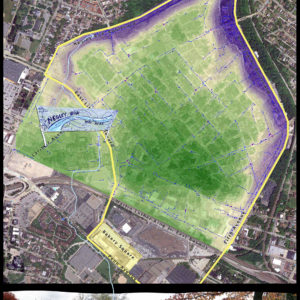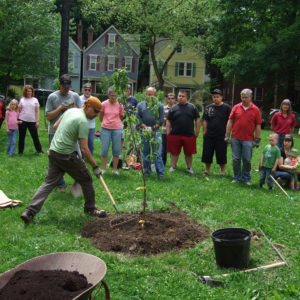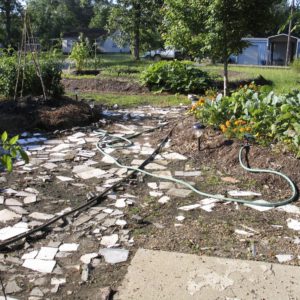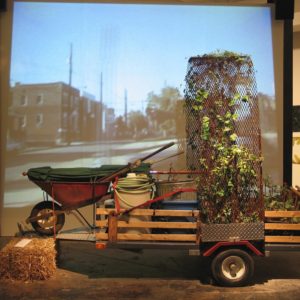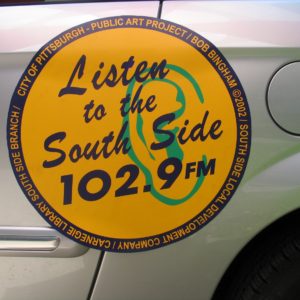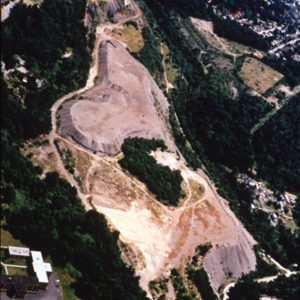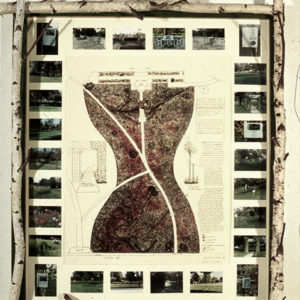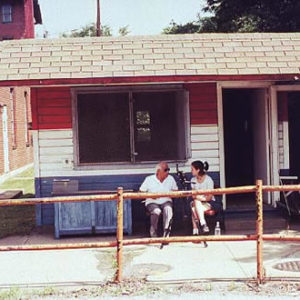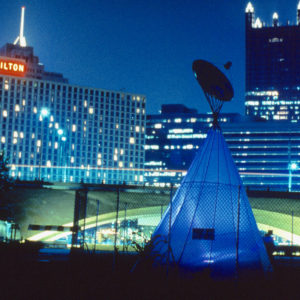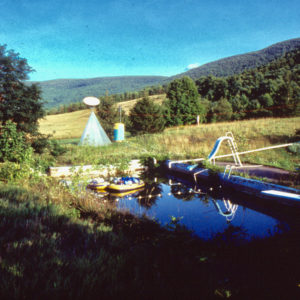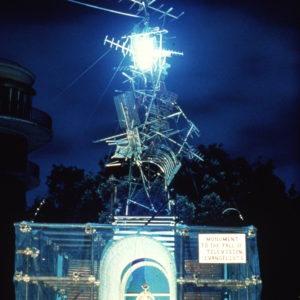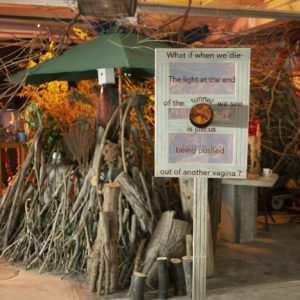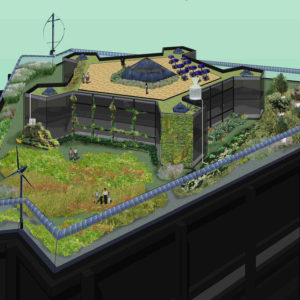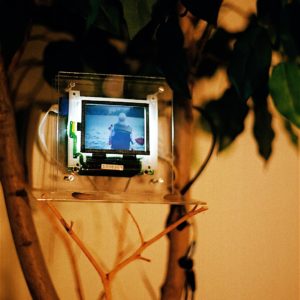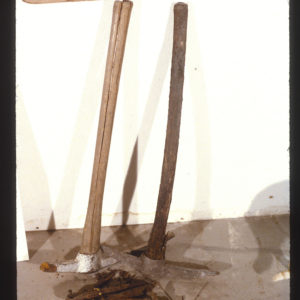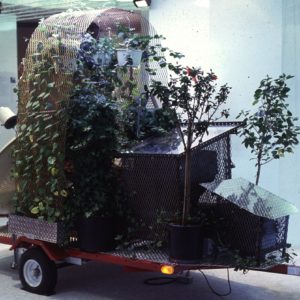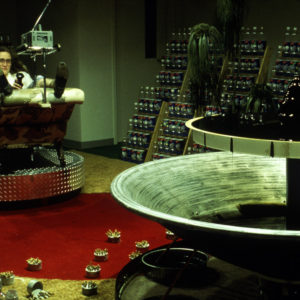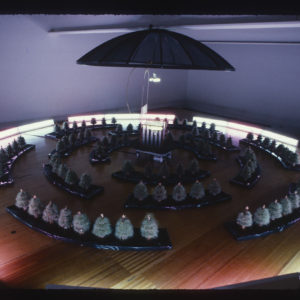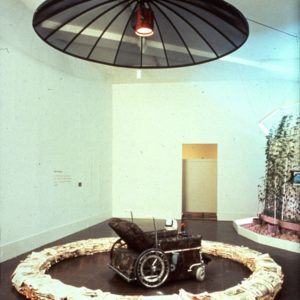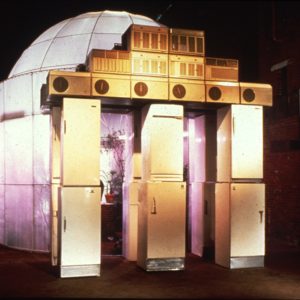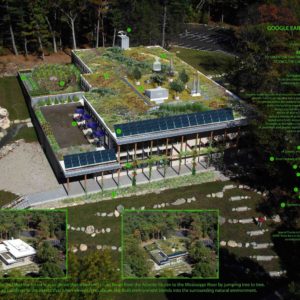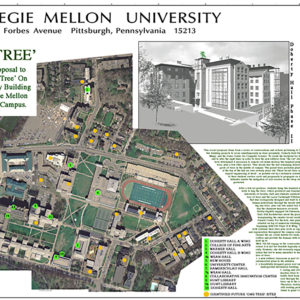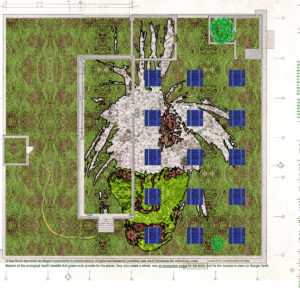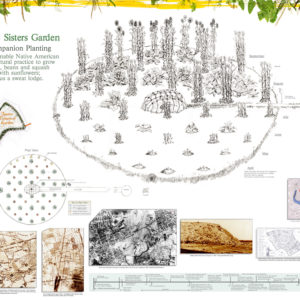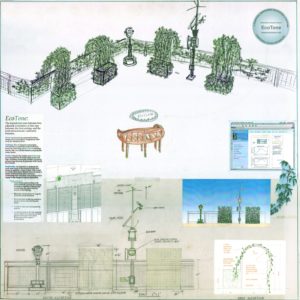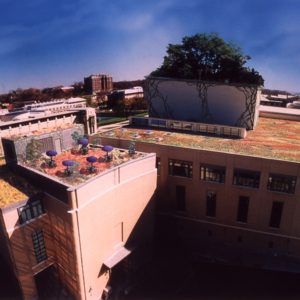Three and half year interdisciplinary project addressing challenges and opportunities of transforming industrial waste site to a sustainable environment of public green space. Issues: stewardship, open space development, dissemination of information regarding environmental problems, promoting bio-diversity.
The Nine Mile Run Project connected the expertise and concerns of artists, scientists, engineers, historians and planners in a broad-ranging interdisciplinary effort based in the STUDIO for Creative Inquiry, a research center in the College of Fine Arts, Carnegie Mellon University. Work on the project was approached with the general objective of developing a transferable process model for use in reclaiming other urban brownfield sites. A critical component of this process is expanding community understanding of the synergy among environmental, economic and artistic issues in such developments.
Nine Mile Run is a historic stream valley identified by Frederick Law Olmstead Jr. in 1910 for its beauty as well as its wastewater problems. By 1928, the valley was selected by influential Pittsburghers for a city park but was subsequently purchased by a steel industry slag disposal firm. Between 1930 and 1970 it was used as a dumping ground for industrial slag from Pittsburgh area mills. The Nine Mile Run watershed is a natural drainage basin of the Monongahela River. Approximately 45% of the entire watershed is classified as underdeveloped land. In 1995, the City of Pittsburgh commissioned a master planning study of the 230 acre site, now owned by the Urban Redevelopment Authority. The study proposed building 1200 residential housing units and the development of 100 acres of public space.
The project team of STUDIO artists, scientists, historians, planners and engineers lent a wide range of experience and expertise to project. The Nine Mile Run project delineated the interrelated elements of an aesthetic/cultural policy for reclamation projects. A series of artworks (some on-site) emanated from the data and interdisciplinary relationships, and concurrently tried to reconnect the community to its native landscape and waters.
http://studioforcreativeinquiry.org/projects/nine-mile-run-greenway-project
https://ninemilerun.org/about/history/















